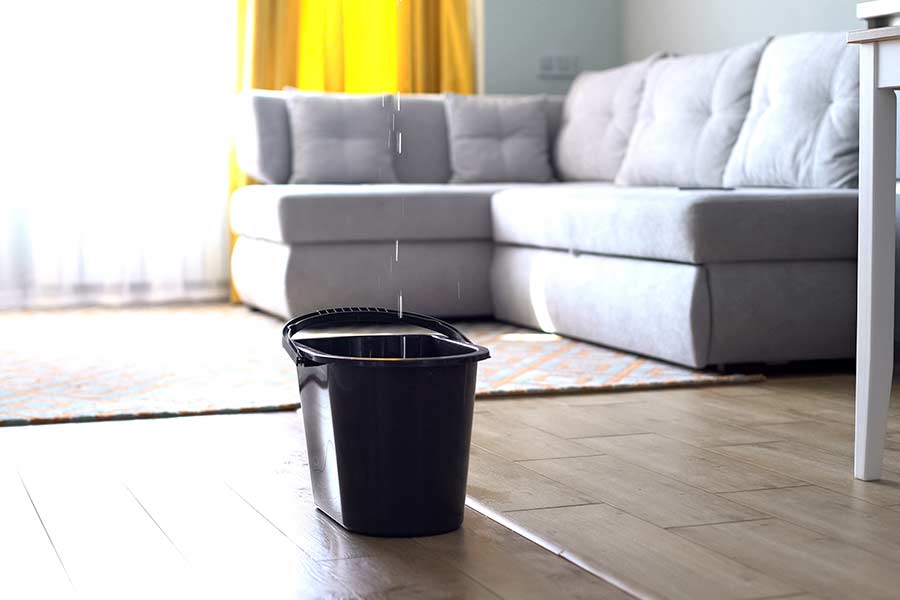After a flood you’ll need to rid your home of all the excess water. Follow our tips to help get your home back in order.
Removing water with a pump
The simplest way of removing large amounts of water is by using pumps and/or buckets, followed by a wet-enabled vacuum cleaner to clear up the remainder.
You can hire a pump from a local hire shop, or buy one from a DIY store. When buying a pump it’s important to ask for advice on the best rate of de-watering. For a charge, your local fire authority should be able to help you pump out large volumes of water.
Pumping tips
You don’t want to pump water out too quickly as any water surrounding the property may damage the foundations. Generally it’s best to drain in stages – about a third of the volume daily.
Don’t leave the basement full of water if pumping out is possible – this can cause serious structural damage.
Chimneys should be dried out carefully, starting with only small fires before moving on to larger ones. This avoids creating steam which will damage the structure of your property.
Speed the drying process
Speed up the drying process by removing a couple of floorboards at each end of affected ground-floor rooms and aid ventilation by opening windows and turning the heating on low.
You can help plaster to dry by removing wall coverings and skirting boards. You may also want to hire a dehumidifier – close the windows when using one.
Check your home is dry
It’s possible to confirm whether your home has dried out by using a humidity meter, which can also be obtained either from building specialists or a hire shop. As a general rule, lack of condensation indicates your property has dried out.
Keep your home dry all year round
Feeling down due to flooded rooms? Get peace of mind with HomeServe’s Plumbing and Drainage Cover to keep your home protected and dry. We ensure effective solutions for a worry-free and dry home.
